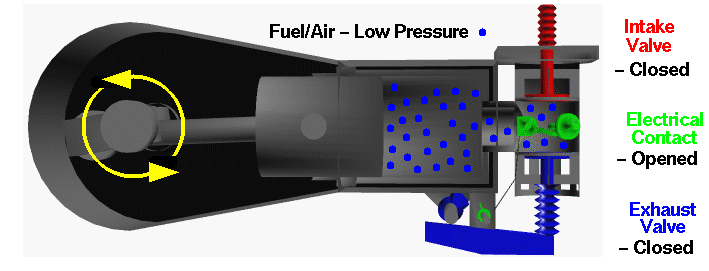

See comment in Example #3.Įxample #2: A 0.250 g sample of hydrocarbon undergoes complete combustion to produce 0.845 g of CO 2 and 0.173 g of H 2O. Sometimes the problem will be silent about what type of compound it is, give only C and H data, but oxygen will also be in the compound. The problem said hydrocarbon, which are compounds with only C and H. Note: I did not check for the presence of oxygen. The empirical formula of the substance is CH 3 Hydrogen: 0.3021482 g / 1.0079 g/mol = 0.2998 molģ) Divide each molar amount by the lowest value, seeking to modify the above molar amounts into small, whole numbers. What is the empirical formula of this compound?ġ) Determine the grams of carbon in 4.40 g CO 2 and the grams of hydrogen in 2.70 g H 2O.Ĭarbon: 4.40 g x (12.011 g / 44.0098 g) = 1.20083 g Several of the problems below include this question and you can go here for a discussion about calculating the molecular formula once you know the empirical formula.Įxample #1: A 1.50 g sample of hydrocarbon undergoes complete combustion to produce 4.40 g of CO 2 and 2.70 g of H 2O. For example, the empirical formula of benzene is CH while the molecular formula is C 6H 6. Step one is required because you have all your carbon, for example, in the form of CO 2 instead of a simpler problem where it tells you how much carbon is present.įinally, a common component of this type of problem is to provide the molecular weight of the substance and ask for the molecular formula. Steps 2 and 3 are the technique for determining the empirical formula. This is wrong, use 1.008 for H.ģ) Divide each molar amount by the lowest value, seeking to modify the molar amounts into small, whole numbers. Many times students will want to use 2.016 for hydrogen, thinking that it is H 2. You do this by dividing the grams by the atomic weight of the element. Carbon is always in CO 2 in the ratio (12.011 g / 44.0098 g), hydrogen is always in H 2O in the ratio (2.0158 g / 18.0152 g), etc.Ģ) Convert grams of each element to the number of moles. Here is a brief overview of the solution steps before doing some examples:ġ) Determine the grams of each element present in the original compound.
#HOW TO MAKE COMBUSTION 4 HOW TO#
A few lines below is a link that goes to a file that discusses how to go from empirical to molecular formulas.

Two points: (a) you have to know the molar mass to get to the molecular formula and (b) you have to calculate the empirical formla first, even if the question doesn't ask for it. Sometimes the nitrogen product is N 2, sometimes NH 3.Ħ) Sometimes the problem asks you for the empirical formula and sometimes for the molecular formula (or both). Nitrogen dioxide is the usual product when nitrogen is involved. The mass of oxygen in the sample will almost always be determined by subtraction.ĥ) Often the N is determined via a second experiment and this introduces a bit of complexity to the problem. Other elements can be involved, but problems with C and H tend to predominate followed by C, H and O and then by C, H, O and N.Ģ) We must know the mass of the unknown substance before burning it.ģ) All the carbon in the sample winds up as CO 2 and all the hydrogen in the sample winds up as H 2O.Ĥ) If oxygen is part of the unknown compound, then its oxygen winds up incorporated into the oxides.

Oxygen is often involved and nitrogen is involved sometimes. Some points to make about combustion analysis:ġ) The elements making up the unknown substance almost always include carbon and hydrogen. This technique is also called "elemental analysis"

This technique has been most often applied to organic compounds.Ī brief discussion (yet quite informative) of the history of this technique can be found here. From this, you will be able to calculate the empirical formula of the substance. The combustion products will be trapped separately from each other and the weight of each combustion product will be determined. This technique requires that you burn a sample of the unknown substance in a large excess of oxygen gas. Go to a discussion of empirical and molecular formulas. ChemTeam: Combustion Analysis Combustion Analysis


 0 kommentar(er)
0 kommentar(er)
